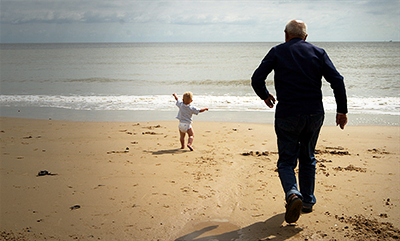
ITGB3 (integrin β3) is regulated by the Polycomb protein CBX7 •β3 regulates senescence by activating TGF-β in a paracrine and autocrine fashion •β3 is highly expressed in OIS and induces senescence via ligand-independent pathway •There is a positive correlation between β3 levels and aging in different tissues
A protein has been found to have a previously unknown role in the aging of cells, according to an early study by Queen Mary University of London (QMUL). The researchers hope that the findings could one day lead to new treatments for aging and early cancer. A number of ‘abnormal’ cells have previously been found in tissues derived from old patients and at the initial stages of cancer...
Read More








Recent Comments